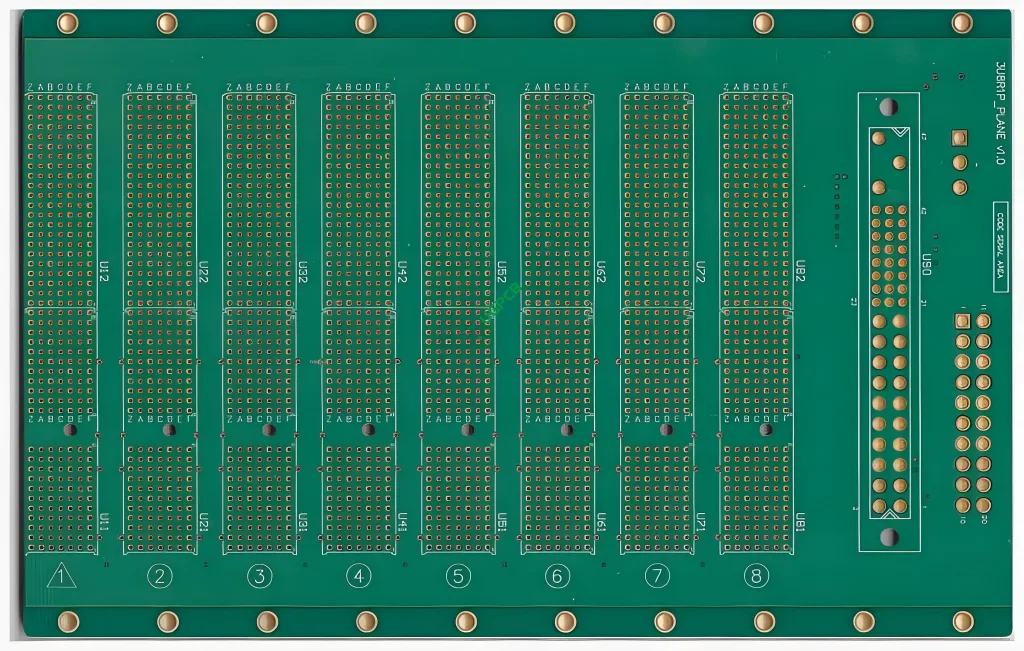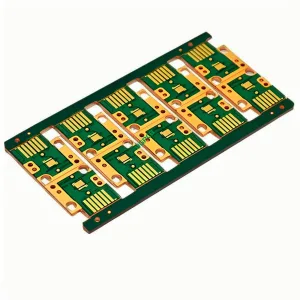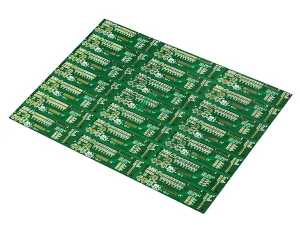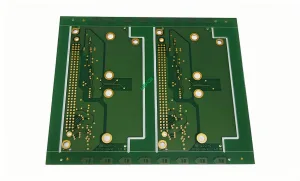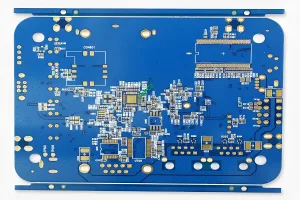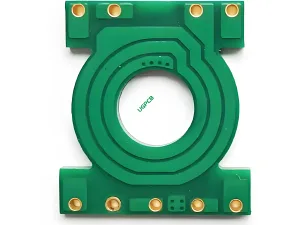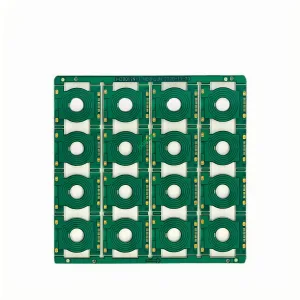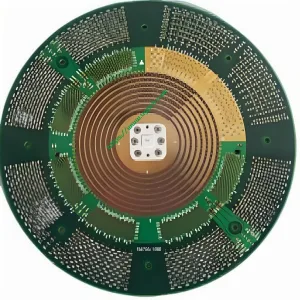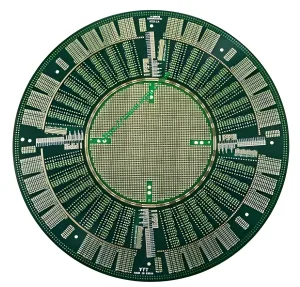の紹介 24 Layers Communication Backplane PCB
The 24 Layers Communication Backplane PCB is a high-performance printed circuit board designed for complex communication systems. It is engineered to provide robust connectivity and reliable signal transmission, making it ideal for advanced telecommunication applications.
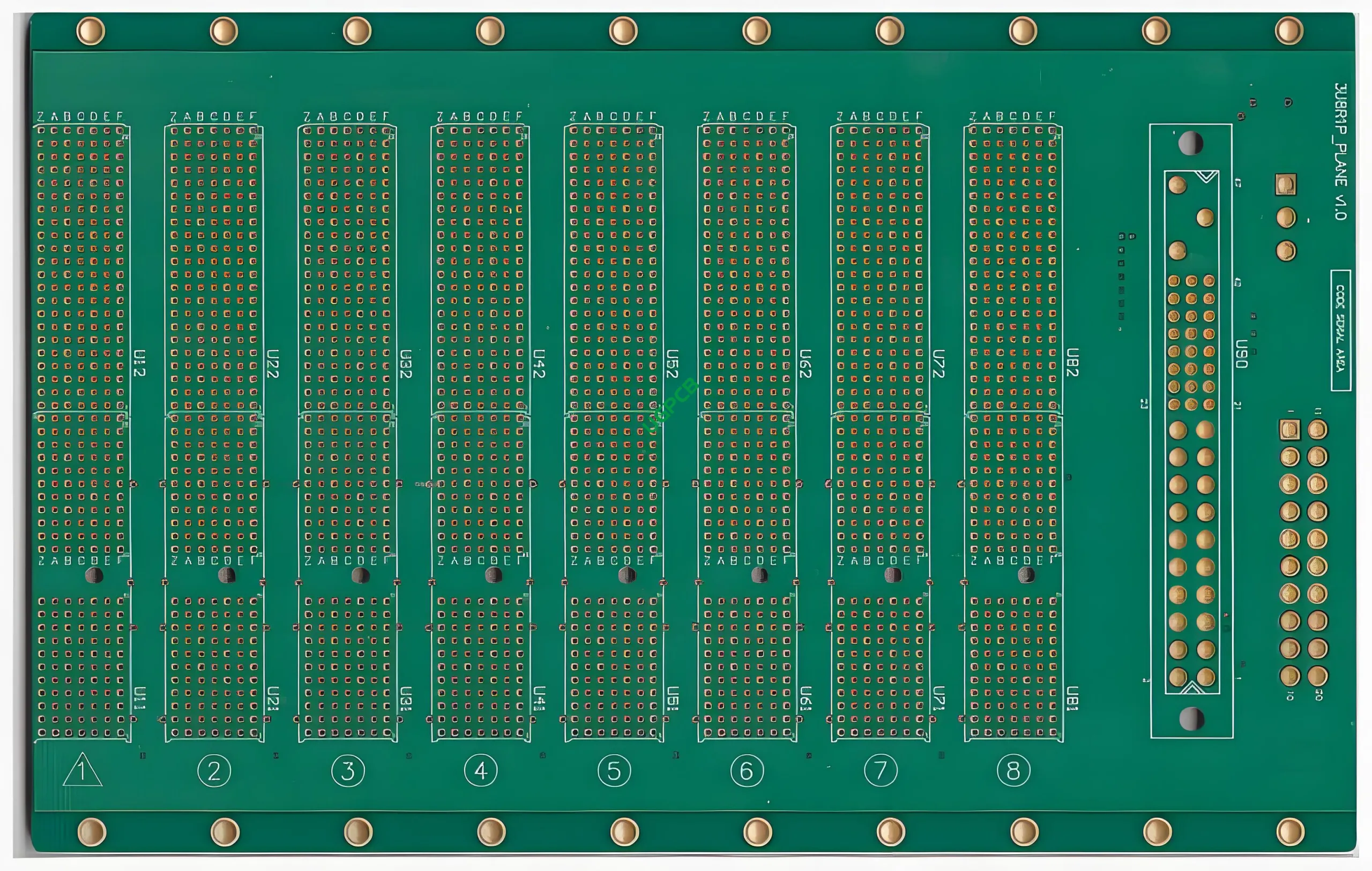
What is a 24 Layers Communication Backplane PCB?
あ 24 Layers Communication Backplane PCB refers to a multilayered printed circuit board that has been specifically designed with 24 layers of conductive material separated by dielectric layers. This structure allows for high-density interconnectivity while maintaining signal integrity and minimizing interference.
設計要件
The design requirements for a 24 Layers Communication Backplane PCB are stringent due to its application in critical communication systems. Key design considerations include:
- 材料: Panasonic M6, known for its excellent thermal and electrical properties.
- レイヤー数: 24 layers to accommodate complex routing needs.
- 色: Blue/White for easy identification and aesthetic appeal.
- 仕上がり厚さ: 2.0mm to ensure structural integrity without being overly bulky.
- 銅の厚さ: 1OZ to provide adequate conductivity.
- 表面処理: Immersion Gold to enhance solderability and corrosion resistance.
How Does It Work?
The 24 Layers Communication Backplane PCB works by using multiple layers of copper traces separated by dielectric materials. These layers are interconnected through plated through-holes (PTHs) or vias, allowing signals to travel between different layers. The immersion gold surface treatment ensures that the copper traces remain conductive and resistant to oxidation.
アプリケーション
The primary application of the 24 Layers Communication Backplane PCB is in communication backplanes where high-speed data transmission and reliable connectivity are crucial. These PCBs are used in:
- Telecom infrastructure
- Data centers
- High-frequency communication devices
- Networking equipment
分類
Based on its features and applications, の 24 Layers Communication Backplane PCB can be classified as a high-multilayer PCB. This classification highlights its capability to handle complex and dense circuit designs required for modern communication systems.
材料構成
The core material used in the 24 Layers Communication Backplane PCB is Panasonic M6, a high-performance laminate material known for its excellent mechanical, サーマル, and electrical properties. This material ensures that the PCB can withstand the demands of high-speed communication applications.
性能特性
The performance characteristics of the 24 Layers Communication Backplane PCB include:
- High signal integrity
- Low signal loss
- Superior thermal management
- Enhanced mechanical strength
- Reliable long-term stability
Structural Details
The structural details of the 24 Layers Communication Backplane PCB are as follows:
- レイヤー数: 24 レイヤー
- 仕上がり厚さ: 2.0mm
- 銅の厚さ: 1オズ
- Minimum Trace Width: 6ミル (0.15mm)
- Minimum Space Between Traces: 6ミル (0.15mm)
- 表面処理: イマージョンゴールド
特徴と利点
The key features and benefits of the 24 Layers Communication Backplane PCB include:
- High density interconnectivity
- Excellent signal integrity
- Robust mechanical construction
- Reliable long-term performance
- Aesthetic color options (ブルー/ホワイト)
製造工程
The production process of the 24 Layers Communication Backplane PCB involves several steps, 含む:
- 材料の選択: Choosing high-quality Panasonic M6 material.
- レイヤースタッキング: Arranging the 24 layers with precision.
- エッチング: Removing excess copper to form the desired trace patterns.
- メッキ: Applying immersion gold surface treatment.
- Assembly: Incorporating PTHs and vias for layer interconnections.
- テスト: Ensuring the PCB meets all performance specifications.
Use Cases
The 24 Layers Communication Backplane PCB is used in various scenarios, のような:
- High-speed data transmission networks
- Telecommunication infrastructure projects
- Advanced networking equipment
- Data center applications requiring high bandwidth
要約すれば, の 24 Layers Communication Backplane PCB is a sophisticated and reliable component designed to meet the demanding requirements of modern communication systems. Its high-density design, excellent performance characteristics, and robust construction make it an essential part of any advanced telecommunication setup.
 UGPCBのロゴ
UGPCBのロゴ

